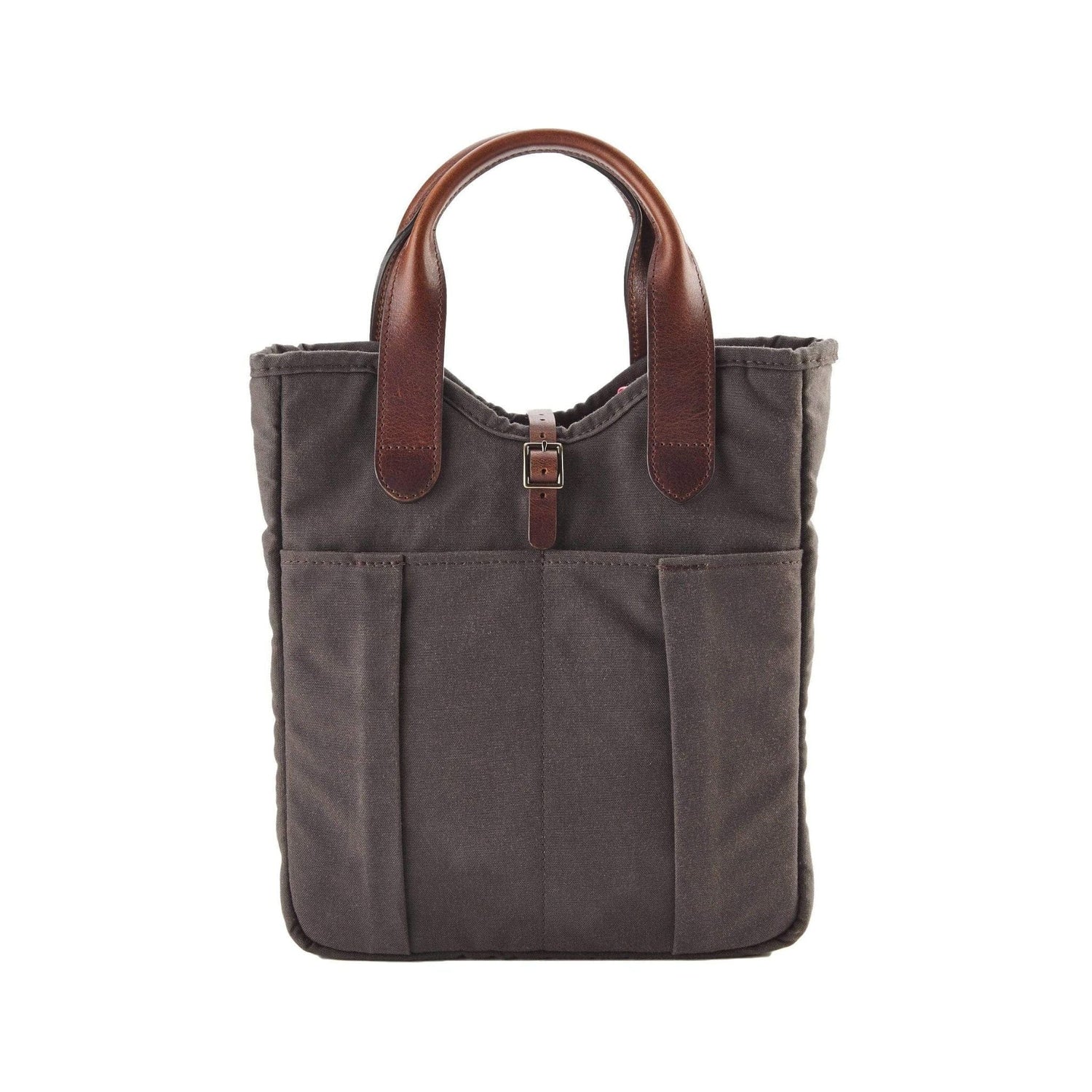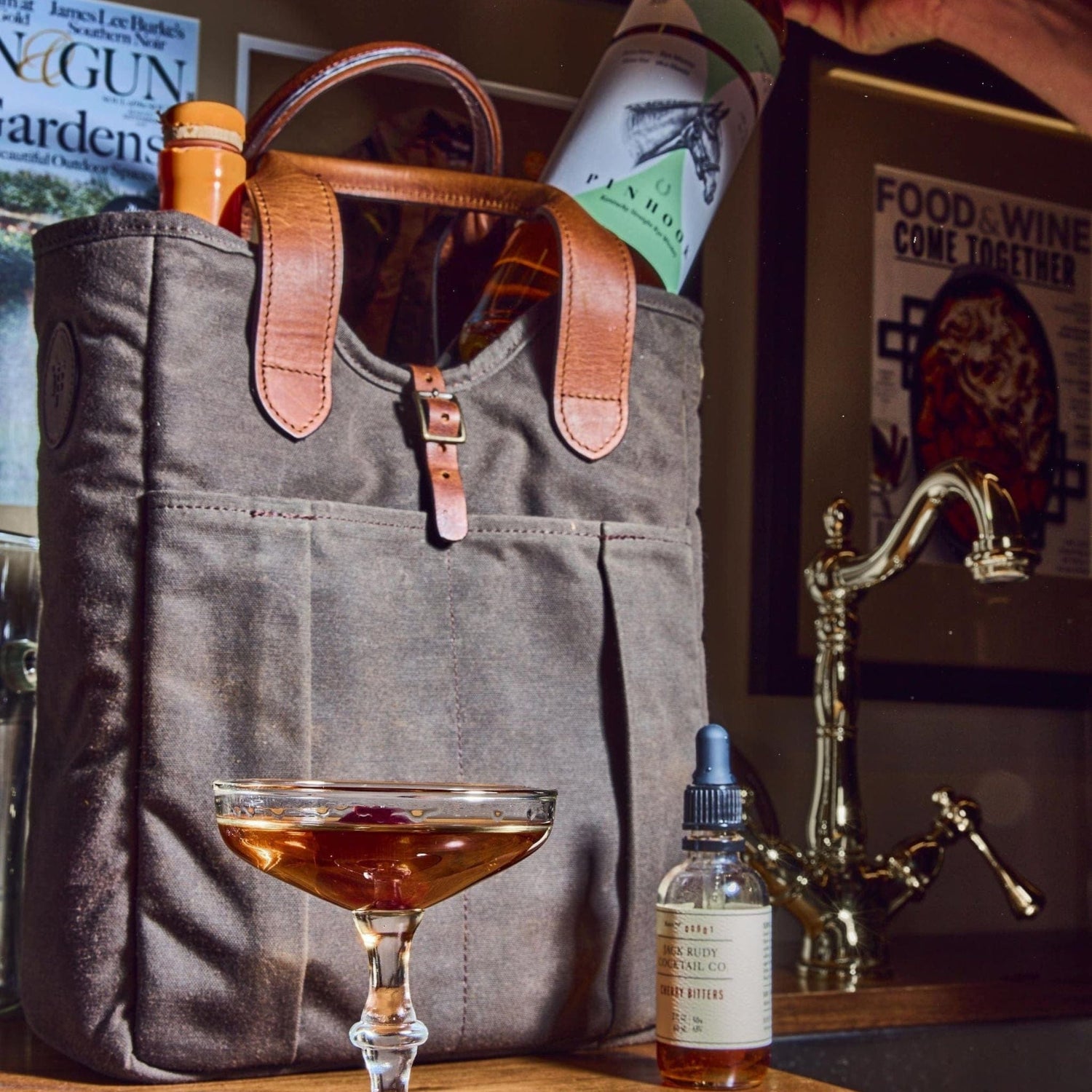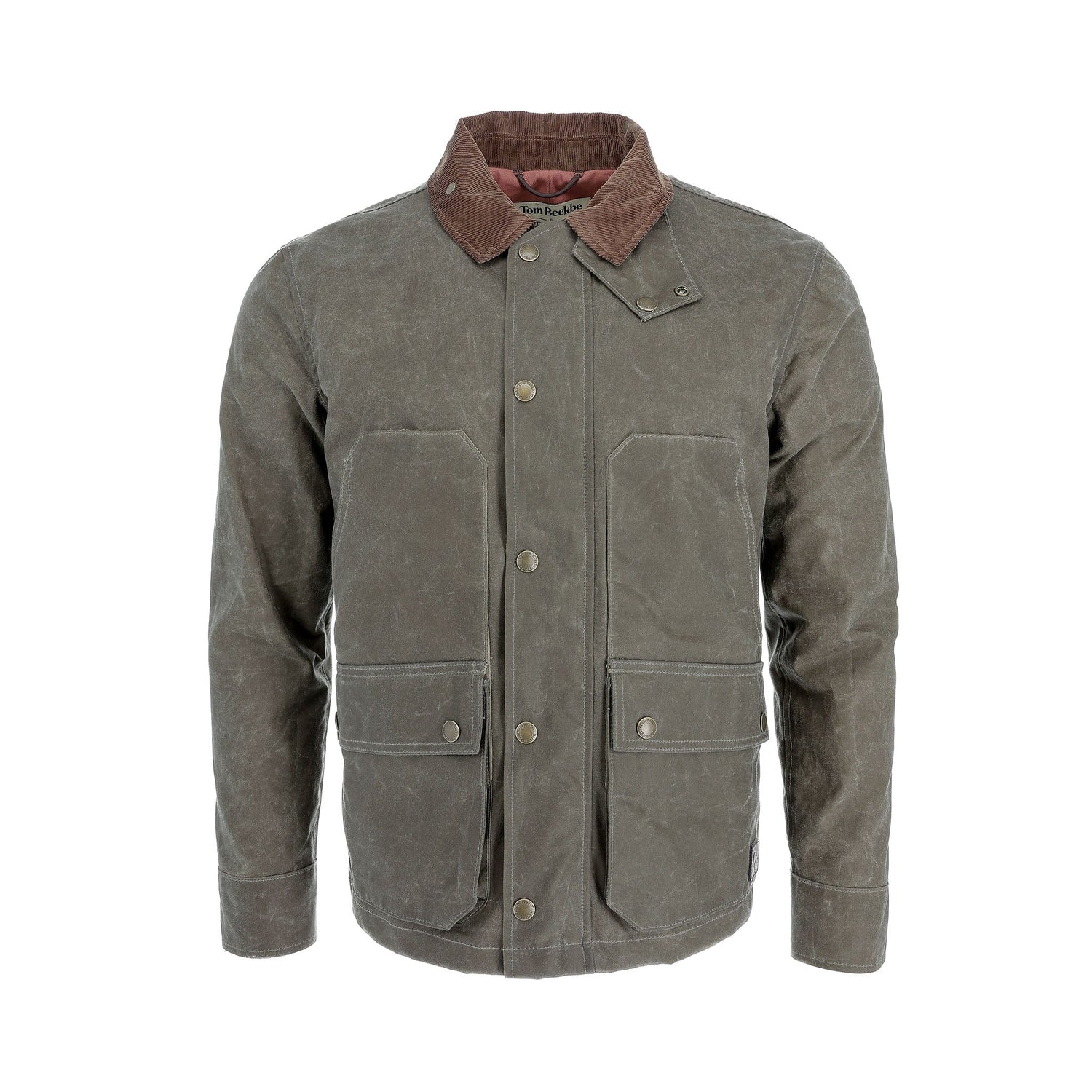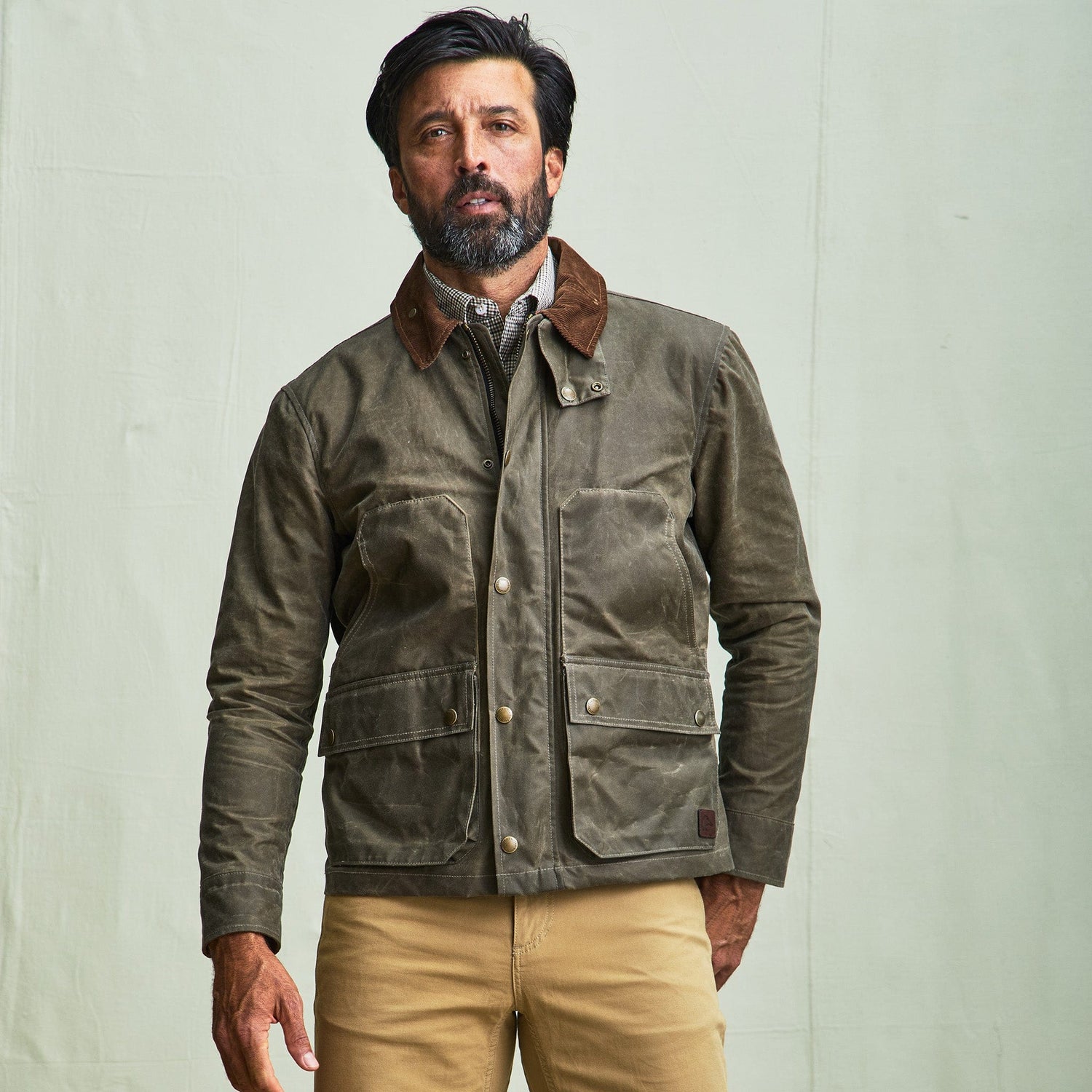Navigating Montana’s Missouri River Breaks requires some new lingo.
It’s hard to put the Missouri River Breaks of Montana into words. Growing up, we always simply referred to the area as “The Breaks,” a swath of craggy, intermittently forested badlands and plains in that no-man’s land between the highline town of Havre and the central dot on a map otherwise known as Lewiston. The Breaks lie west of the Fort Peck Reservation and east of Helena, in that nebulous zone of the state that’s thankfully largely ignored by out-of-staters and most certainly by the Yellowstone-watching wannabe cowboys of Bozeman.
The Breaks come with their own lingo; their own rules of living. If a heavy rain is coming—and you’ll see it coming hours before, dark crossing rough-edged countryside—it’s time to get out and find some pavement. Because storm time means gumbo time. Missouri River Breaks gumbo is a road condition unlike any I’ve encountered across six continents. Thick, gloopy, clay-laden mud that’s grabby but also somehow slick as ice. It’s a common sight come hunting season to see small camps throughout the Breaks post-storm; hunters who ignored the heralded warning signs and decided to stay through the rain, and who pay the price of being stuck for a few days until the gumbo dries again.
It's a problem in the arid badlands, where water can be scarce. It’s not uncommon each season to hear tales of upland hunters being stuck for a few unplanned days, rationing their water to their bird dogs and hydrating with their beer supply.
For those who know to keep an eye out for impending gumbo conditions and who are not scared off by long drives down two-tracks, however, there are a multitude of adventures to be had. One of the best? A hot afternoon jaunt down to the river for a bit of catfishing, a diversion which can tidily result in a welcomed campfire meal that night.
It was just such an afternoon—a blue-sky, sweltering early September day several years ago—that found me crouched along muddy river banks watching a row of set fishing lines leading into the chocolate-milk waters cutting through the dust-dry terrain. Friends Zach and Matt were with me; it was day two of turkey camp and while everyone else took an afternoon siesta we headed to the river to see if we could catch dinner.
I grew up a fly angler. The act of molding scented dough around a hook and letting the current take it doesn’t come naturally. But somehow this new way of fishing was delightfully suited to the hot, lazy afternoon. Both Matt and Zach were Montana born and raised (we’re a rare breed these days) and the three of us found ourselves content to hunker in the shade of an overhanging clay cliff face and slowly reel in catfish after catfish. Gumbo conditions were due later in the week but for now, the sky was clear, the roads were dusty, and sitting in the shade, muddy water flowing before us, was about the coolest place in The Breaks.
It didn’t take long before we’d caught enough catfish to feed the camp, and within an hour we were back at the wall tent, filleting on tailgates, cold beers at hand, and heating a vat of oil to fry up supper. If you’ve never eaten tailgate-filleted catfish straight from the muddy waters of a central Montana river, you’ve missed out on a key life experience.
The scent of oil and fish soon woke up the rest of camp as the sun shifted into the orange-pink light of a late summer evening in Big Sky Country. We all settled down to enjoy fried catfish sandwiches and cold beers, the consumption of the latter continuing well into the campfire hours of the night. By the time the sun crawled behind the hills dark storm clouds were cresting the far horizon, and we knew we’d have to wake early to break camp and beat the gumbo. But for the moment, with full bellies and a warm fire before us, The Breaks were truly at their best.
About the Author: Jess McGlothlin sees her mission as a simple one: tell stories. Working as a freelance photographer and writer, she’s learned how to throw spears at coconuts in French Polynesia, dodge saltwater crocodiles in Cuba, stand-up paddleboard down Peruvian Amazon tributaries and eat all manner of unidentifiable food.
























